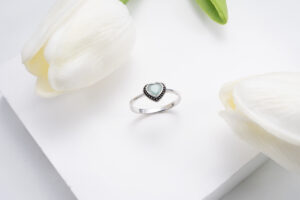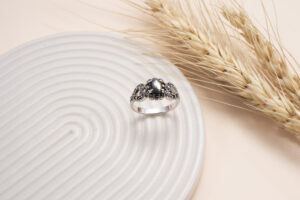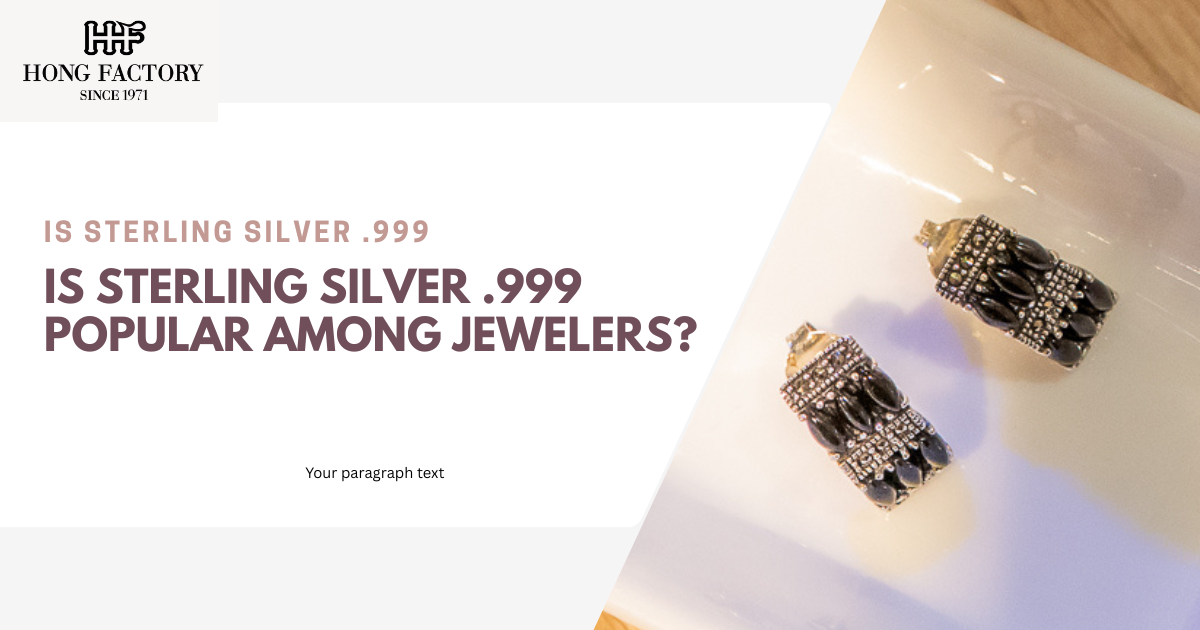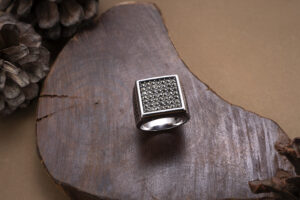
Silver has always been one of the most beloved metals in the world of fine jewelry, admired for its elegance, affordability, and timeless beauty. Among its many grades, Sterling Silver .999, often called fine silver, stands out for its exceptional purity and bright luster. Yet, many jewelry enthusiasts wonder is this ultra-pure silver actually popular among jewelers? To answer that, we need to explore how .999 silver behaves in jewelry making and whether its purity aligns with the demands of professional jewelers. 925
Understanding Sterling Silver .999
Sterling Silver .999 represents the purest form of silver used in the jewelry and metalwork industries. It contains 99.9% pure silver and just 0.1% trace elements. This is different from the more common .925 sterling silver, which includes 92.5% silver and 7.5% copper or other alloys to enhance strength and durability.
The purity of .999 silver gives it an unmistakable white brilliance and a soft, smooth texture. It also makes it hypoallergenic and resistant to corrosion, making it appealing for certain kinds of jewelry. However, its softness also means it can be easily scratched or bent, which can limit its use in pieces meant for daily wear.
Is Sterling Silver .999 the Preferred Choice for Jewelers?
So, Is Sterling Silver .999 popular among jewelers? The answer depends on the type of jewelry being made. While .999 silver has undeniable beauty, it is not the top choice for most jewelers who design everyday wearable pieces. The main reason lies in its softness and malleability, which make it less suitable for high-stress jewelry like rings, bracelets, and intricate gemstone settings.
Most professional jewelers prefer .925 sterling silver because it offers the ideal balance between purity and durability. The added copper gives the metal extra strength without significantly compromising its shine or color. This allows jewelers to craft intricate, long-lasting designs that withstand daily wear.
Why Some Jewelers Still Use .999 Silver
Although .999 fine silver isn’t the industry standard for most jewelry, it still holds a special place in certain segments of the market. Jewelers may choose fine silver for the following reasons:
- Artisan and Handmade Jewelry: Many small-scale or artistic jewelers prefer .999 silver for handcrafted pieces. Its softness allows for intricate engraving, sculpting, and shaping, which are essential in artistic and one-of-a-kind creations.
- Luxury and Limited Editions: Fine silver’s purity gives it a sense of prestige. Jewelers sometimes use it in high-end or commemorative collections that emphasize craftsmanship and material excellence.
- Cultural and Ceremonial Jewelry: In many cultures, pure silver holds symbolic or spiritual value. For example, fine silver is used in traditional Thai, Indian, and Chinese jewelry for its association with purity and good fortune.
- Hypoallergenic Appeal: Since .999 silver is almost free of other metals, it’s ideal for customers with sensitive skin who react to copper or nickel alloys.
These niche applications help .999 silver maintain a loyal following among artisans and specialty jewelers.

The Challenges of Working with .999 Silver
Despite its advantages, fine silver presents several challenges that make it less practical for mainstream jewelry production:
- Softness: .999 silver bends and scratches easily, which can distort fine details or settings over time.
- Limited Strength: It doesn’t hold gemstones as securely as .925 silver, making it risky for rings and bracelets.
- Higher Cost: Its purity increases material cost, while its softness demands more careful handling and craftsmanship.
- Difficult Soldering: The high melting point of pure silver requires precise temperature control during jewelry fabrication.
These factors make many jewelers choose the more stable .925 alloy for mass production and wearable jewelry lines.
.999 Silver vs .925 Silver in Jewelry Making
When comparing .999 and .925 silver, the difference lies mainly in practicality versus purity. Fine silver shines with a brighter white color and resists tarnish better, but sterling silver offers greater durability and structure. For example, jewelers who create gemstone rings or fine chains rely on the strength of .925 silver to prevent bending and breakage. On the other hand, artisans producing display pieces, pendants, or limited editions appreciate .999 silver’s beauty and softness for artistic freedom.
In simple terms, .999 silver is perfect for expression; .925 silver is perfect for endurance.
Modern Jewelers and Fine Silver Trends
In recent years, the jewelry industry has seen renewed interest in fine silver, thanks to the rise of handmade and sustainable jewelry movements. Artisans who value authenticity and minimal environmental impact are turning to .999 silver because it can be easily recycled and worked by hand. With growing consumer demand for ethically sourced and eco-friendly materials, fine silver is making a quiet comeback in boutique and artisan jewelry brands.
Some contemporary jewelers also experiment with combining .999 silver with mixed media, such as gemstones, resin, or gold plating, to add visual contrast while maintaining the purity and luster of fine silver.
When Jewelers Choose .999 Silver Over .925
Fine silver is typically chosen for:
- Statement or Display Pieces: Sculptural jewelry or decorative pendants meant for occasional wear.
- Cultural or Religious Jewelry: Pieces that hold symbolic importance and require pure materials.
- Collectors’ Items: Limited-edition designs that highlight the beauty of pure silver.
- Art Jewelry Exhibitions: Projects where craftsmanship and purity outweigh practicality.
In these contexts, the softness of .999 silver becomes an advantage rather than a limitation, allowing for creative freedom and exceptional finish quality.
A Niche but Noble Choice
So, Is Sterling Silver .999 Popular Among Jewelers? The answer is yes, but mostly within specialized circles. While most commercial jewelry relies on .925 sterling silver for its strength and versatility, .999 fine silver remains a prestigious material favored by artisans, luxury designers, and cultural craftsmen who value purity and artistic expression.
In essence, .999 silver represents the soul of silversmithing pure, radiant, and expressive. Though not the everyday workhorse of the jewelry industry, it continues to shine in the hands of jewelers who prioritize artistry over mass production keeping the tradition of pure silver craftsmanship alive in the modern age.

